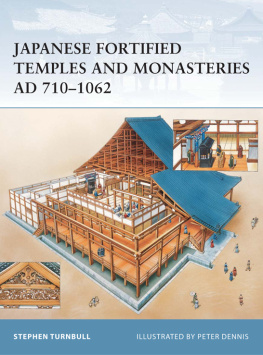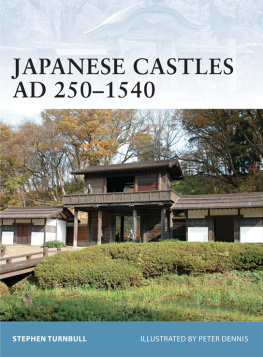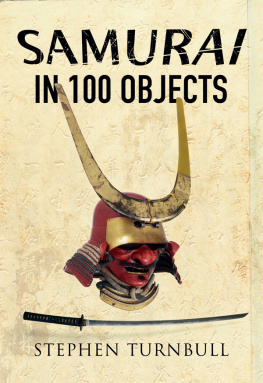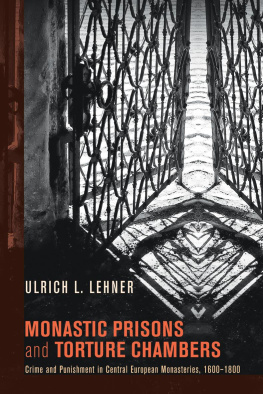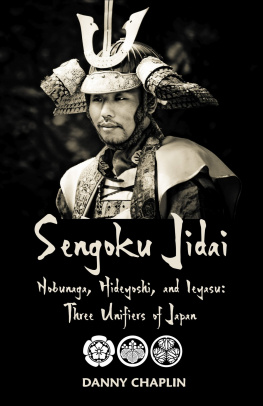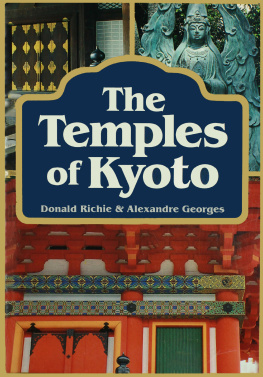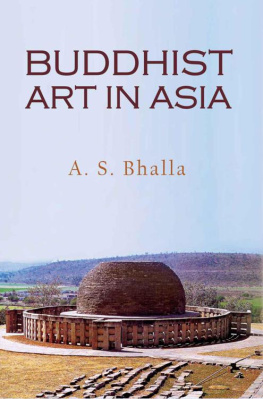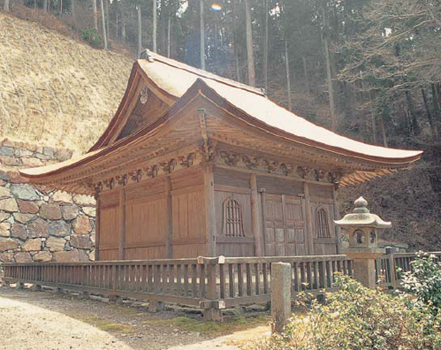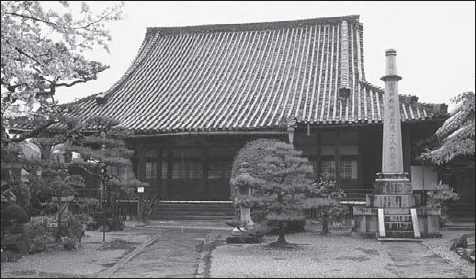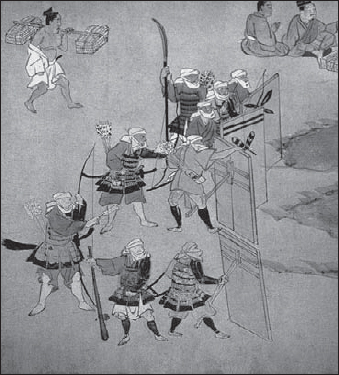FORTRESS 34
JAPANESE FORTIFIED TEMPLES AND MONASTERIES AD 7101062
| STEPHEN TURNBULL | ILLUSTRATED BY PETER DENNIS |
Series editors Marcus Cowper and Nikolai Bogdanovic
Contents
)
From worshippers to warriors the development of the fortified temple
Sohei and monto
The reference in the Preface to the existence of jinaimachi (temple towns), which were very well defended as part of the overall environment of a religious community, begs the question as to the true identity of the inhabitants of the fortified temples and monasteries for whom the expression warrior monk is often used. This is the popular translation of the word sohei, which literally means priest soldier, and refers to the armies maintained by the monasteries of Hieizan and Nara from about AD 970 until the 16th century. It can also be applied to the Shingon temple called Negorodera in Kii Province. A helpful comparison is with the military religious orders of Europe that emerged during the Crusades. Indeed, this provided a useful analogy for the only European visitor ever to make their acquaintance, the Jesuit missionary Father Caspar Vilela, who visited Negorodera early in the 1560s and described its adherents as being like the Knights of St John.
The populist Jodo Shinshu communities, however, were very different, and to describe the monto (believers) of Jodo Shinshu as warrior monks is highly misleading. Their communities attracted samurai, farmers and townsmen in associations of shared religious beliefs led by ordained priests. The Ikko-ikki, as the armies of Jodo Shinshu were known, were certainly warriors but never warrior monks. In fact the teachings of Shinran (11731262), with whom the sect originated, had revolutionized Japanese Buddhism by doing away with the duality of monasticism and laity and replacing it with a new emphasis on spiritual egalitarianism. So rather than comparing the Ikko-ikki to the Knights of Rhodes, a better European analogy would be the Hussites of Bohemia or the extreme Puritan communities that arose a century later during the Reformation. Linked by zeal for their beliefs, and under the leadership of charismatic preachers, they formed self-governing communities defended by armies. So it was with Jodo Shinshu and their fortified temples.
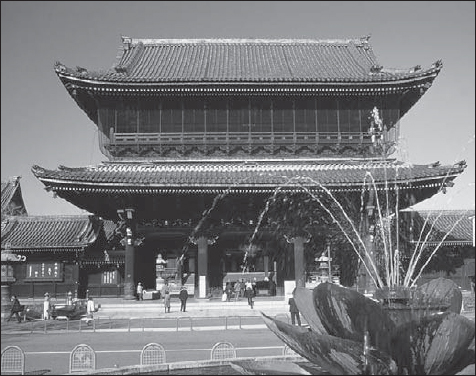
The goeido mon (founders gate) of Higashi Honganji, the present-day headquarters in Kyoto of the Otani branch of the Honganji, the original vow temple of Jodo Shinshu. This immense gate was built in 1911.
The Jodo Shinshu temple of Koshoji. It is located in the historic jinaimachi (temple town) quarter of Tondabayashi, a town near Osaka.
The rise of the warrior monks
The original Buddhist priest soldiers were formed as a result of the rivalries that existed between the temples of Nara, the old capital of Japan, and of Hieizan, the mountain that lay near to Kyoto, the city that replaced Nara as capital in AD 894. The great temples of Nara such as Todaiji and Kofukuji resented the move to Kyoto, and were particularly jealous of Enryakuji, the temple that was located on the summit of Hieizan. There were also major arguments over the right of the Hieizan clergy to ordain new monks instead of this being performed exclusively in Nara.
Sohei of the late 16th century, indicated by the inclusion of a gun, are shown here defending their temple using portable wooden shields.
The first major incident of violence involving priests happened in AD 949. It began as a protest demonstration by a delegation from Todaiji to Kyoto, and ended with a brawl during which some of the participants lost their lives. Other incidents followed, so, in about AD 970 Ryogen, the zasu (chief priest) of Enryakuji made the decision to create a permanent fighting force to defend Hieizan and its growing wealth. These men soon became involved in inter-temple disputes, some of which were fought between Enryakuji, and its daughter temple Onjoji, or Miidera, which lay at the foot of Hieizan. Over the next 100 years there are references to fighting between Enryakuji, Miidera and the temples of Nara. By 1006 the Kofukuji of Nara could field an army numbering some 3,000 sohei. There were also several instances when sohei marched down to Kyoto to place their demands in front of members of the imperial court, whom the sohei intimidated as much with their curses as they did with their weapons.
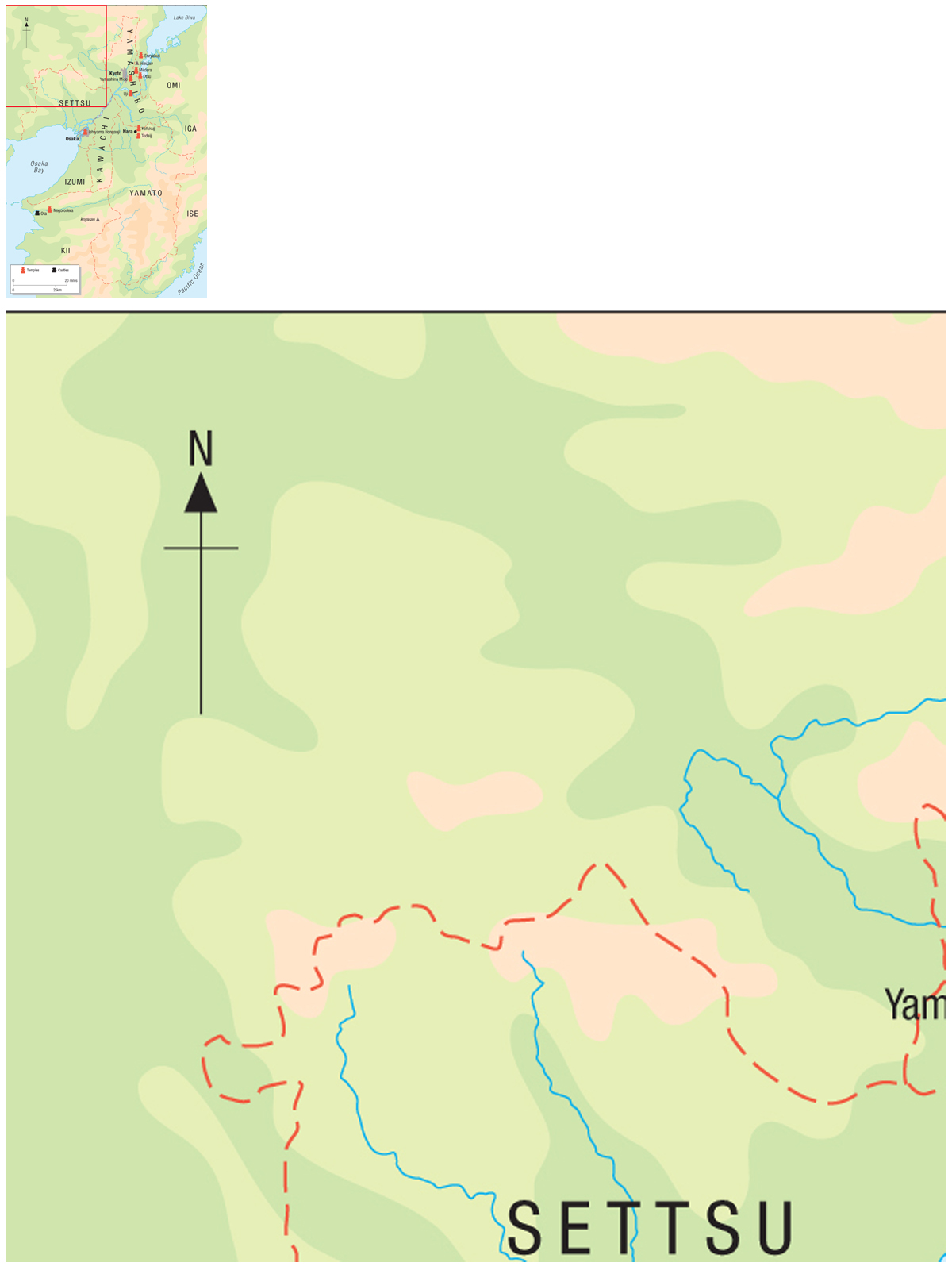

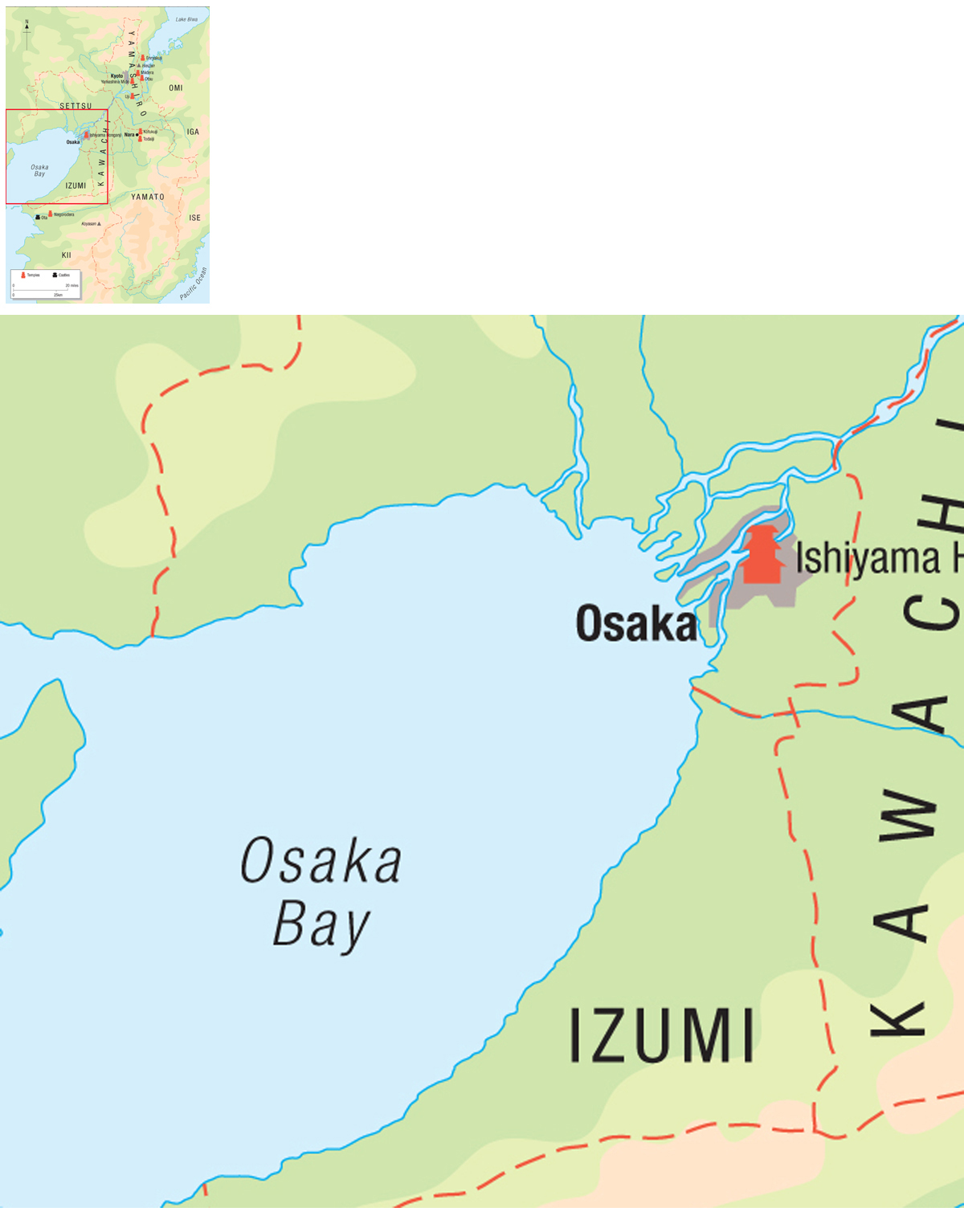

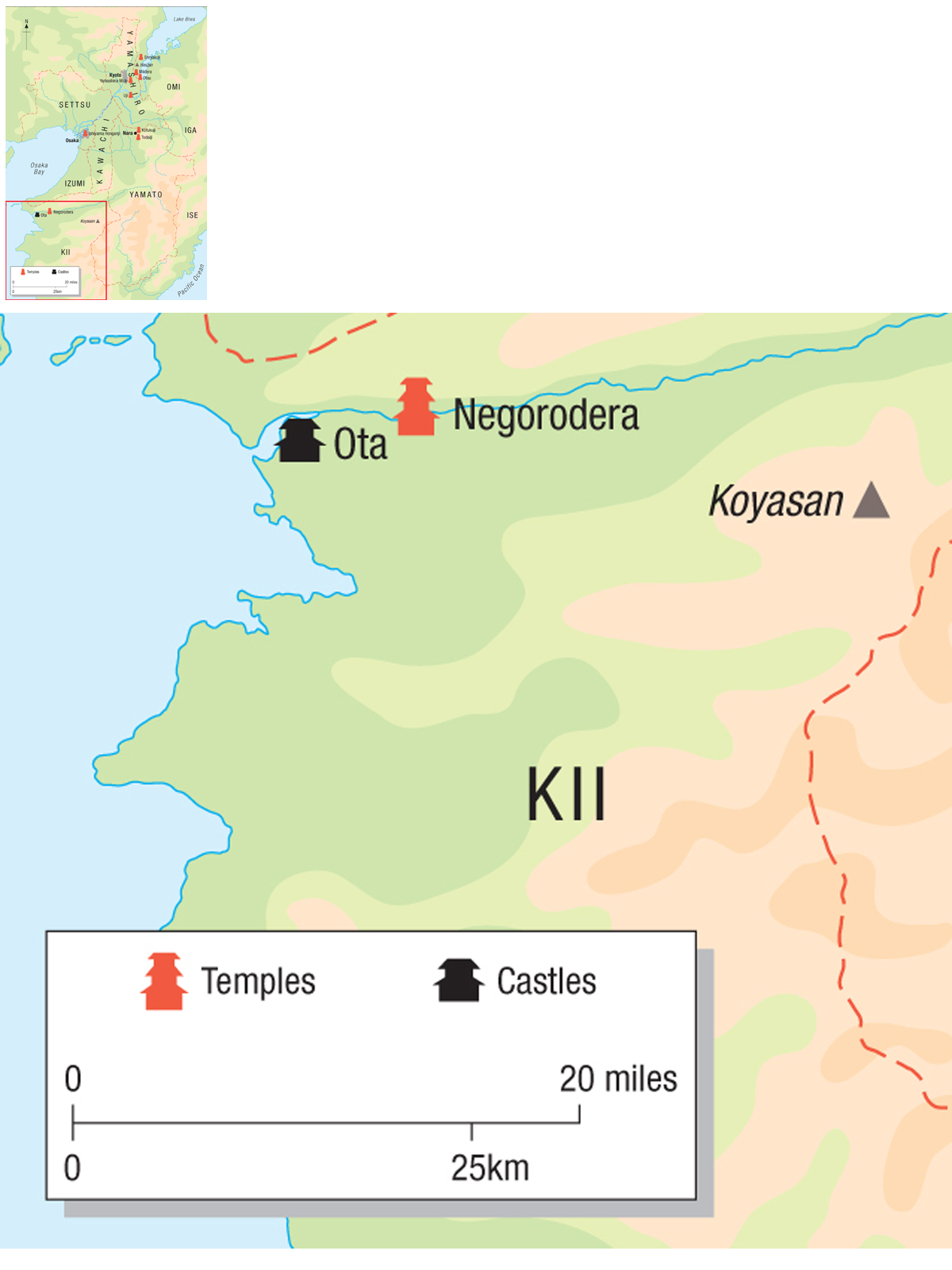
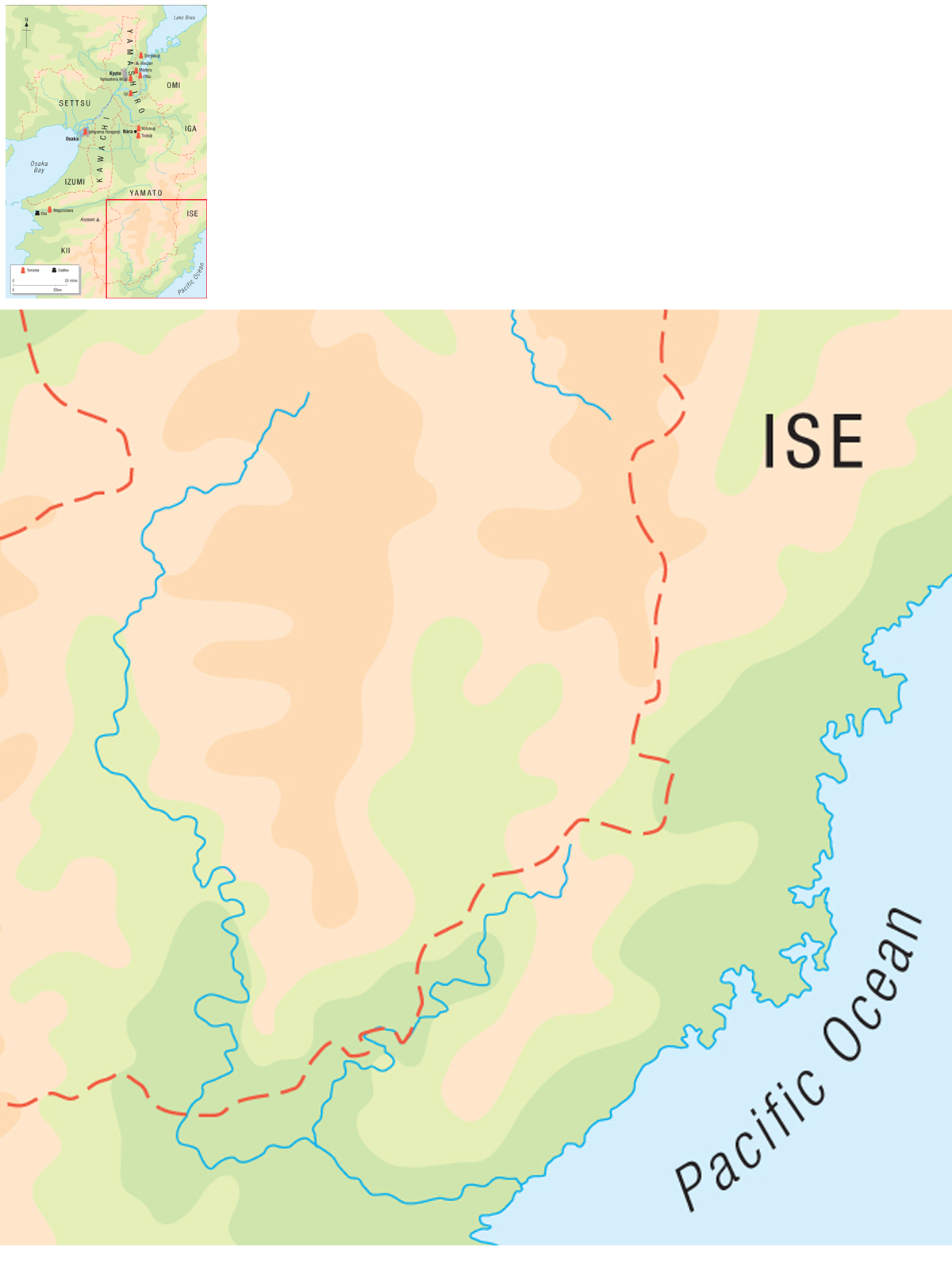
The warrior monks and their monasteries in the area around Kyoto, showing places associated particularly with the Gempei War 118085. ( Osprey Publishing Ltd)
There were no permanent fortifications associated with these sohei sites. The Enryakuji was defended solely by its position on a high wooded mountain. The temples of Nara were more open to assault, and were forced to erect temporary fortifications when they were faced with attack in 1181. This was at the start of the Gempei Wars, a struggle for supremacy between the samurai families of Taira and Minamoto. The sohei involvement was brief, tragic and almost totally destructive of them as an entity. The monks of Miidera supported the imperial claimant put forward by the Minamoto family, but were heavily defeated at the first battle of Uji in 1180 as they were heading south from Kyoto to join up with their fellow sohei from Nara. The victorious Taira took terrible retribution, and after a desultory defence Miidera was burned to the ground. in 1181 the Taira burned down most of the buildings in Nara, including Todaiji and its huge statue of Buddha. The destruction of Nara was such a shock to the priests of Hieizan, who had been standing aloof from the conflict, that there was almost no more sohei activity for the rest of the Gempei Wars.

